Do you know how much tire installation costs at Discount tire or how much Discount Tire charges to install tires? Well, you are at the perfect place to find the answer to such a question.
Getting a new set of tires fitted can be pretty costly, and that’s not including how much you need to pay for the tires themselves. With that in mind, how much is the Discount Tire installation cost, and what do you get for your money?
At Discount Tire it usually costs somewhere between $20 and $27 per tire for installation, though that depends on the region where you are shopping. The Discount Tire installation cost covers labor, mounting, balancing, disposal fees, a visual inspection, and maintenance for the life of the tire.
Read ahead in this article to find out exactly what kind of a deal you get at Discount Tire when it comes to installations.
Table of Contents
Before we get into what you can expect to pay, and what you get for your money, for tire installation at Discount Tire, let’s take a look at the company as a whole.
The Discount Tire Company is a retailer that deals almost exclusively in tires and wheels, and they have been in the business for more than 60 years.
Founded in Ann Arbor, Michigan in 1960, Discount Tire started life as one small shop run by the founder, Bruce Halle. When he first opened for business, Halle only had six tires for sale, but by 1990 the company had already grown to include over 200 stores.
Today, there are more than 1000 Discount Tires locations in 36 states across the country. They have more than 25,000 employees and are estimated to bring in around $5 billion every year.
Read also >> Is Discount Tire’s Warranty Transferable? (Coverage + More)
Read also >> Discount Tire’s Replacement Policy (Repair, Refund + More)
There is not a single flat fee for tire installation across all Discount Tire locations, but they certainly offer a pretty good price. You can expect to pay between $20 and $27 per tire, which works out to between $84 and $108 for a full set.
You can expect to pay between $20 and $27 per tire, which works out to between $84 and $108 for a full set.
The average cost across all of their stores is about $22 per tire, but it does depend on where in the country you get your tires fitted.
Of course, it’s not just about the fee itself. There are a lot of other expenses that can arise from fitting new tires, particularly if you are not covered for replacements or maintenance.
Sometimes, what can seem like a good deal will end up costing you more in the long run.
Depending on where you go to get your tires installed, there can be a lot of hidden costs that you don’t find out about until later.
Discount Tire is actually pretty good about being upfront with what you’re getting when you spend, and they include quite a lot with the fixed, single fee that you pay per tire.
The cost of your tire installation at Discount Tire covers you for:
While you can get similar coverage from most larger tire retailers, some small shops or online stores don’t offer the same, and things like Life of Tire Maintenance can save you a lot of money over a few years.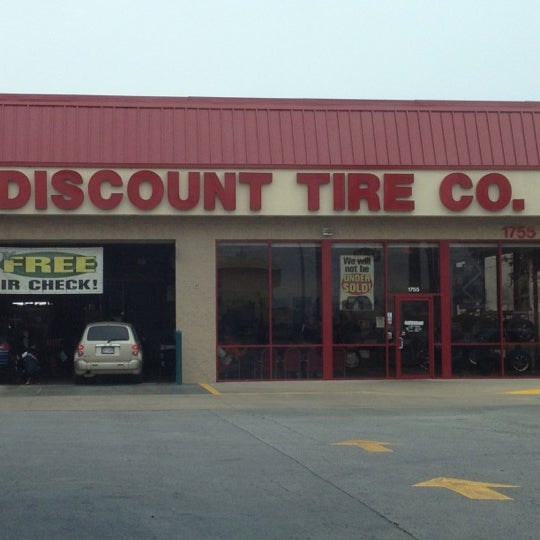
Read also >> Winter Tire Installation Cost (Mount & Balance Price)
Read also >> Canadian Tire Installation Cost (Mount & Balance Price)
Once you’ve got your new tires installed, you don’t want to be forking out for maintenance costs every few months.
It’s always a good deal to get some coverage as part of the installation package, but what is actually included in this service at Discount Tire?
Their Life of Tire Maintenance doesn’t just mean all of the labor required to install, remove, or replace a tire, it actually covers the cost of the parts as well.
In fact, this small part of the service gives you access to all kinds of things for the life of your tires, including:
For $20-$30 per tire, that’s quite a lot of potential savings on maintenance costs over time.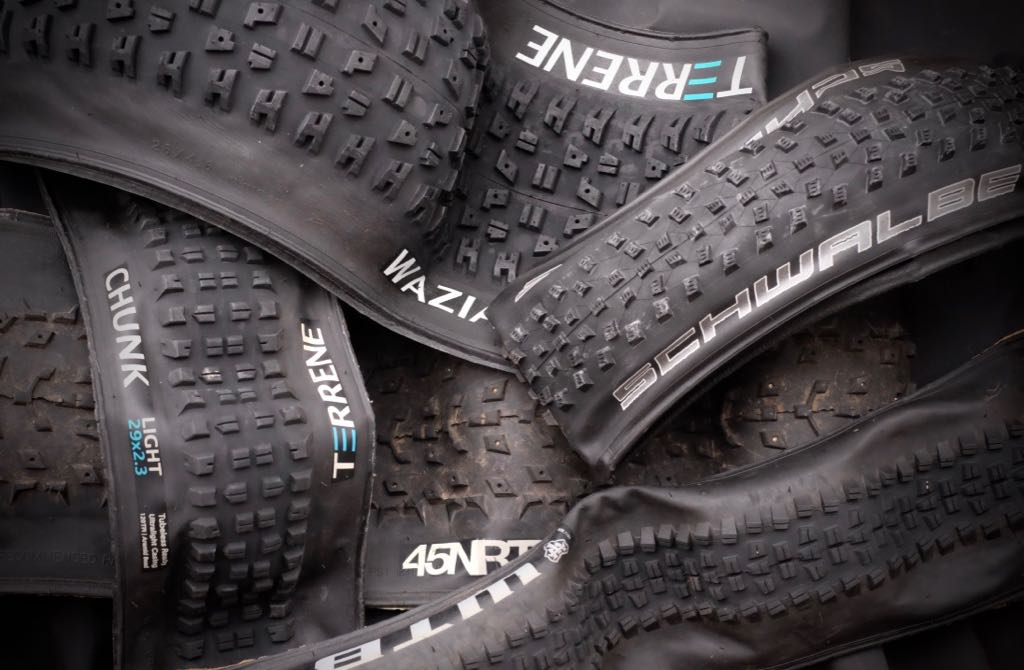 It’s certainly one of the benefits of choosing a store that has brick-and-mortar locations over an online-only retailer.
It’s certainly one of the benefits of choosing a store that has brick-and-mortar locations over an online-only retailer.
Read also >> NTB Tire Installation Cost (Mount & Balance Price)
Read also >> Mavis Tire Installation Cost (Mount & Balance Price)
There are definitely more options out there for well-priced tire installation, so let’s have a look at how Discount Tire stacks up against the competition.
According to Consumer Reports, Discount Tire offers the fourth cheapest price per tire compared to some of their major competitors, but they also rank very highly in terms of customer satisfaction.
| Retailer | Average Installation Cost Per Tire | Consumer Reports Score |
|---|---|---|
| Walmart | $15 | 80 |
| Costco | $17 | 91 |
| Sam’s Club | $20 | 85 |
| BJ’s Tire Center | $20 | 86 |
| Discount Tire | $22 | 90 |
| Town Fair Tire Center | $20 | 83 |
| Tire Rack | $24 | 91 |
| Goodyear | $26 | 88 |
| Firestone Complete | $27 | 87 |
It’s interesting to note that it’s not always the cheapest option that customers like the best.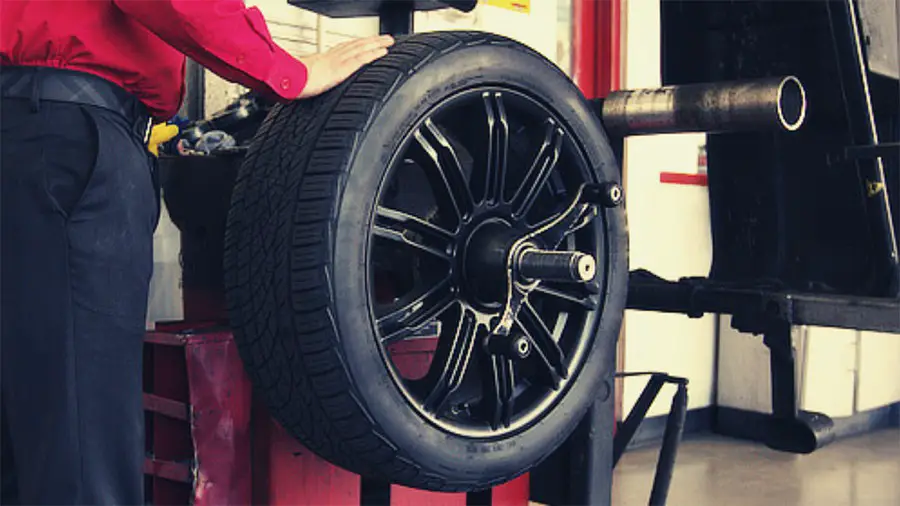
Although you might still get an installation for less at Costco, Sam’s Club, or Walmart, the service and what is covered might not be the same.
If you’ve already found the tires you want, and you’re just looking to get them installed, your options are more limited than you might think.
One of the big benefits that Discount Tires has over some of their competition is that they will install tires that you have bought somewhere else, and you get the same service as well.
The cost of installation will still depend on the region you are in, but there is no added fee for tires bought elsewhere.
The main difference between installing tires from another retailer and buying your tires in the store is that your installation fee is included as part of the package when you buy directly from them, so you tend to get a better deal.
By comparison, Costco will not give you their standard benefits, like free rotations and repairs, if they are installing a tire bought from a different retailer, and Walmart tacks on an additional $10 fee per tire if they are not Walmart tires.
Of course, while Discount Tires will install somebody else’s tires onto your vehicle, they would rather you buy a full set through them, but are the tires at Discount Tire a good deal?
Well, they are known for offering low prices and they often have sales that can give you a really good deal if you buy at the right time. Ultimately, though, a branded set of tires is likely to cost almost the same no matter where you shop.
Part of the value of buying through Discount Tire is that you get a lot in one simple payment, including installation costs.
They also stock a lot of cheaper tires that you might not get elsewhere, including their own brand, called Road Huggers, which offers pretty great value for money.
Costco, by comparison, offers cheap installation but all of their tires are relatively expensive brands.
Discount Tire also claims that they are never undersold – and they have a Low Price Guarantee to try and prove it.
Although there are some other options out there that might offer cheaper installation than Discount Tire, they are pretty confident that they have the best overall deals on the market.
Their “Low Price Guarantee” says that they will beat any lower, installed price that you can find.
Although this doesn’t necessarily apply to the installation cost on its own, it does mean that you can work with them to get the best deal on a full new set, which will include installation.
If you find a product that’s cheaper elsewhere, you can bring the advertised cost to a Discount Tire store, or you can go to their website and submit the cheaper price through the “Found it Lower?” link that they have next to all of their product listings.
Once submitted, they should get back to you within 24 hours (Monday to Friday) to give you their offer.
One thing you definitely want to consider when you’re paying for new tire installation is how long you’re going to have to wait around.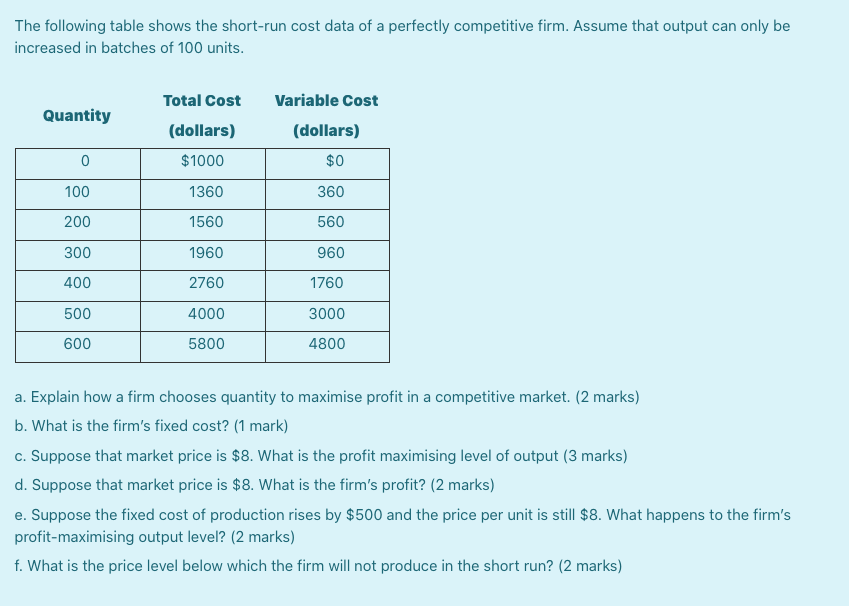
Often, the lower price at somewhere like Walmart or Costco also comes with a longer wait period, as they do a lot of different installations in one day.
Discount Tire says that they aim to have your appointment completed within 45 minutes of the time that you are scheduled for, which is pretty speedy in the world of tire installation.
You’d be hard-pressed to find anywhere you could get it done faster.
So, what do you get with the installation cost at Discount Tire, and how much is it? Well, it does depend on where in the country you are, but you can expect to pay somewhere between $20 and $27 per tire.
The average cost for installation at Discount Tire is about $22 per tire.
With that fee, you get pretty speedy service, and it covers quite a lot too. The cost includes labor, any valve stems or TPMS kits, mounting, balancing, tire disposal fees, a visual inspection, and Life of Tire Maintenance.
They will also install tires that you’ve bought from somewhere else.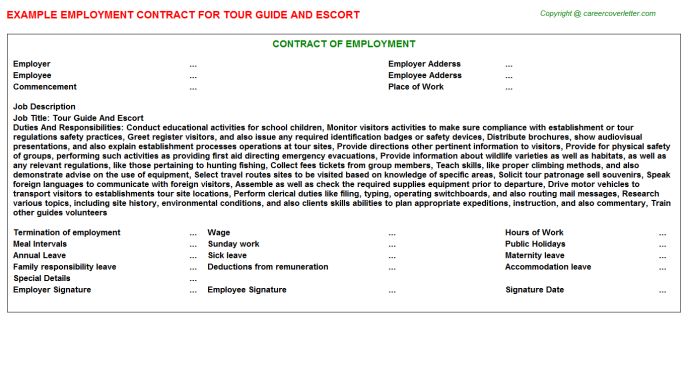
You might be able to get tires installed cheaper at another location, but you’re unlikely to get more for your money. All around, the Discount Tire installation cost is a pretty good deal.
https://www.discounttire.com/learn/tire-installation-cost
https://www.discounttire.com/customer-service/low-price-guarantee
https://www.discounttire.com/learn/mounting-balancing
Discount Tire’s Replacement Policy (Repair, Refund + More)
Do you know what the Discount Tire replacement policy is? Well, you are at the perfect place to find the answer to such a question. Discount Tire is the largest independent tire retail company in...
Continue Reading
link to Mavis Tire Installation Cost (Mount & Balance Price)Mavis Tire Installation Cost (Mount & Balance Price)
Do you know how much Mavis charges to install tires? Well, you are at the perfect place to find the answer to such a question. Have you ever wondered how much Mavis charges to install tires? Well,...
Have you ever wondered how much Mavis charges to install tires? Well,...
Continue Reading
The cost of mounting and balancing services typically varies from one shop or service center to the next. This price also tends to differ in a number of cases, based upon tire size, and whether or not a wheel is equipped with TPMS sensors. In other words, this overall installation price is largely dependent upon the exact circumstances of the job.
Tire installation costs and tire balancing costs also fluctuate based upon the terms of any service plans that are selected at the time of service, whether or not a tire disposal fee is mandated, and if the tires in question are to undergo standard or road force balancing.
Nonetheless, the average cost to mount and balance a tire falls within a range of $15-$60.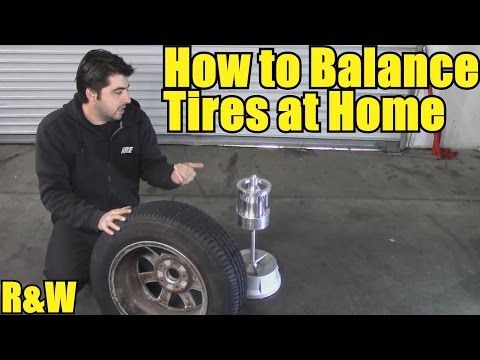 The lower end of this spectrum largely applies to smaller sedan tires mounted on steel wheels and balanced on a standard balancing machine. On the other end of the spectrum are large or low-profile tires, mounted on custom rims and balanced with the use of sticky weights.
The lower end of this spectrum largely applies to smaller sedan tires mounted on steel wheels and balanced on a standard balancing machine. On the other end of the spectrum are large or low-profile tires, mounted on custom rims and balanced with the use of sticky weights.
It is also worth mentioning that some shops charge premium prices to mount tires over a certain size, or to mount tires on custom rims of any type. For this reason, it is worth calling ahead to verify pricing ahead of time, in order to ensure that no surprise charges are incurred. Most chain-type service centers also provide such pricing on their websites.
What are the costs of labor?Generally speaking, virtually all of the expense associated with mounting and balancing tires comes in the form of labor.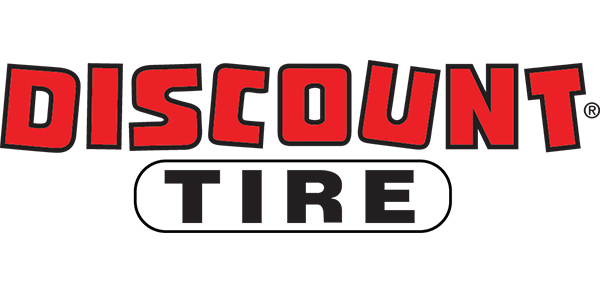 This is due to the fact that little in the way of actual supplies are used during the mounting and balancing process.
This is due to the fact that little in the way of actual supplies are used during the mounting and balancing process.
However, instead of charging based upon their typical hourly rate, most shops charge a set fee per tire wheel when mounting and balancing tires. This fee typically includes any usage of supplies, thereby eliminating any need to tally such costs separately.
Read Also: How much do tire chains cost?
What are the costs of parts?As mentioned, there are very few occasions in which a shop will charge separately for supplies used during the mounting and balancing process. This stems from the fact that the only supplies used during services of this type are wheel weights and a small amount of bead lubricant.
In the grand scheme of things, this charge is extremely minor, in comparison to that associated with the input of labor required to mount and balance a tire. In fact, no more than $5 of the entire cost associated with such services is likely to be attributed to parts/supply usage.
Tire mounting and balancing is a necessary part of purchasing new tires and is largely descriptive of the tire installation process as a whole. This involves dismounting your vehicle’s old tires, before mounting the new set of tires that you have purchased. A tire shop or automotive service center will then balance your car’s tires.
Simply put, tire mounting and balancing will be required at any point that tire replacement is deemed necessary, whether due to excessive tread wear or extensive damage. Tire mounting and balancing might also be required in the face of a flat tire or tire pressure loss that necessitates tire repair. This is due to the fact that a tire must be dismounted to be repaired correctly.
The failure of a wheels tire pressure monitoring sensor also makes it neccessary to dismount, mount, and rebalance a tire, as the sensor in question is internally situated. A technician must break a tire down, in order to gain access to the faulty sensor, which is ultimately discarded in favor of a new, fully-functional replacement.
Another instance in which tire mounting and balancing might be required is whenever a motorist chooses to install tires of a special design for seasonal use. This is the case whenever winter tires are placed onto a vehicle, in preparation for treacherous road conditions to come. Upon installation, these new snow tires must be balanced, to provide a quality ride.
How Much Does It Cost To Mount And Balance A Tire At The Dealer Vs Other Places?In most cases, one can expect a dealership to charge toward the higher end of the above mentioned price spectrum, when mounting and balancing tires. This price is usually north of the $40 per tire mark, with similar services at some dealerships even costing considerably more.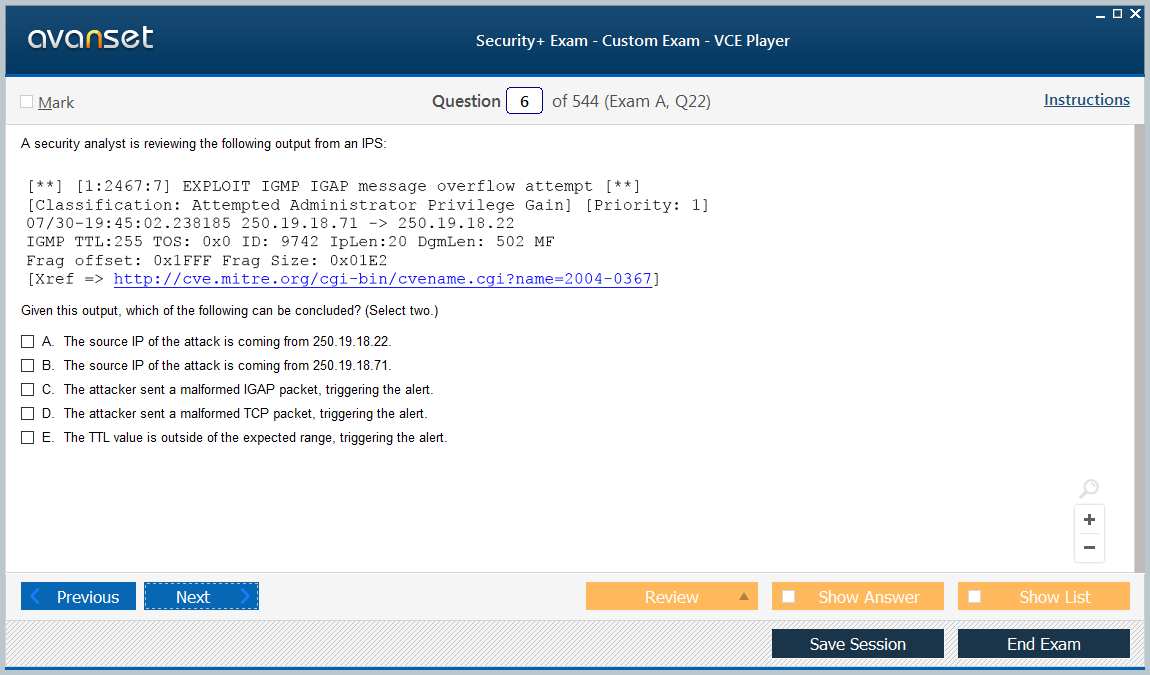
At a dealership, your tires will more than likely be mounted with the use of a premium, precision tire machine, complete with all of the necessary adaptors to prevent bead damage, even in the most difficult of cases. Additionally, the majority of dealerships have now transitioned to the use of specialized road force balancers, which tend to be extremely precise.
Vs Walmart Tire/Lube ExpressWalmart currently charges $10 a piece to mount tires and provides balancing services for a fee of $14 per tire. However, it is worth mentioning that this one-time $14 dollar fee gets consumers free rotation and balance of any tire for which it is charged. Simply put, for $24, you can have a tire mounted/balanced, and return as often as you would like for balancing, free of charge.
Vs Discount TireThe exact price charged by Discount Tire to mount and balance tires varies from one region to the next. However, the general average cost for these services tends to be tight around $22 per tire.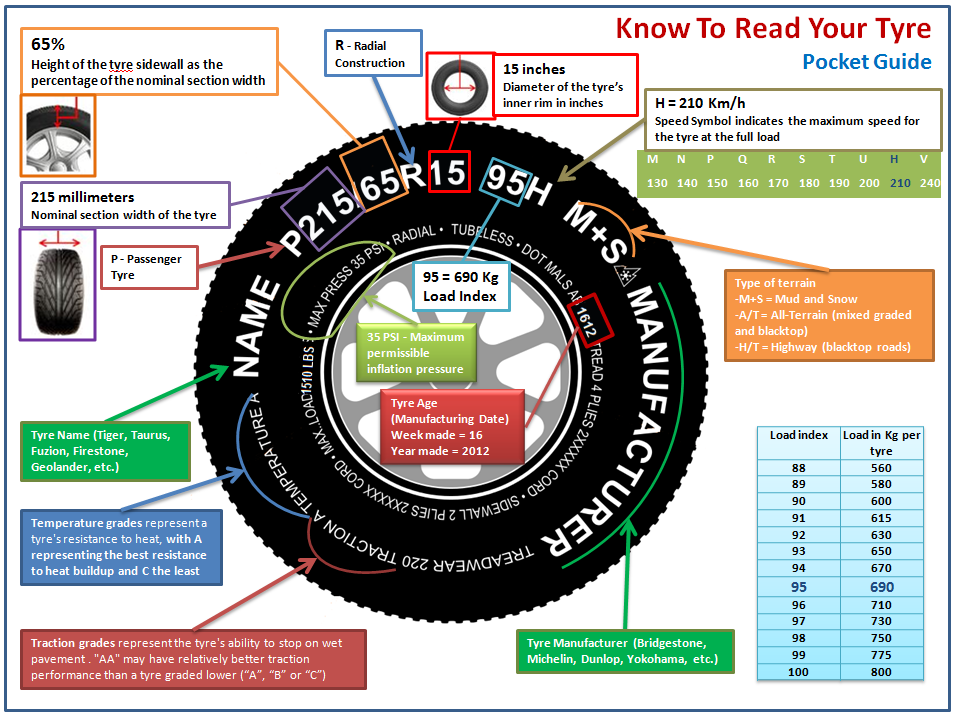 However, for this fee consumers also get free lifetime tire rotations and balances, as well as full-depth road hazard coverage.
However, for this fee consumers also get free lifetime tire rotations and balances, as well as full-depth road hazard coverage.
Costco is yet another mega-retailer, which offers several in-house automotive services. The store offers a combined mount and balance service, which costs 18.99 per tire. However, there is one major factor that consumers must keep in mind. Costco will only mount and balance tires that they have sold, barring installation of tires from all other sources entirely.
Vs Sam’s ClubLike its parent company Walmart, Sam’s Club also offers tire mounting and balancing services at many of its locations. The wholesale retailer currently mounts and balances tires for $20 a piece. For this price, you not only get a tire mounted and balanced, but recieve lifetime mount and balance services for that particular tire as well. This package also include free lifetime flat repairs as well.
Vs Pep BoysPep Boys is yet another large national chain, known for offering quality automotive service. Generally speaking, the cost associated with having tires mounted and balanced at Pep Boys varies, based upon location, and the type of tire that is to be serviced. However, service of this type averages approximately $30 per tire, though this price increases significantly for tires of the premium variety.
Generally speaking, the cost associated with having tires mounted and balanced at Pep Boys varies, based upon location, and the type of tire that is to be serviced. However, service of this type averages approximately $30 per tire, though this price increases significantly for tires of the premium variety.
Read Also: How much do tire rotations usually cost?
Where Should You Go Get A Tire Mounted And Balanced At The Best Price?It is not hard to find the value in Discount Tire’s mounting and balancing services. The company offers such services at a price that is on par with, if not below the industry average. Even more impressive is the fact that Discount Tire offers consumers plenty of bang for their buck at this price point as well, offering a number of complimentary warranties and service packages.
Each tire mounted and balanced by Discount Tire receives a free lifetime service package, thereby eliminating any costs attributed to having this tire rotated or balanced at a later date. I feel like this is a nice touch, as it prevents constant expenditure on a customer’s behalf, throughout the life of the tire itself.
I feel like this is a nice touch, as it prevents constant expenditure on a customer’s behalf, throughout the life of the tire itself.
With more than 1,000 store-front locations, consumers are also presented with no shortage of options when having their tires serviced. In fact, there are few destinations in the continental United States that a motorist can travel to, and find themselves further than a short drive away from the nearest Discount Tire. For me, this would provide significant peace of mind beyond the normal.
It is also worth mentioning that Discount Tire puts each of its tire technicians through rigorous training to ensure that they are qualified to tackle most any tire related endeavor that they undertake. I feel as if this additional training goes a long way toward making sure that specialty tires, such as those of a low-profile design, are not damaged during the mounting process.
How To Avoid Getting Ripped Off When Getting A Tire Mounted And Balanced?The most significant way to avoid being ripped off when having a set of tires mounted and balanced is to only trust reputable, well-established shops.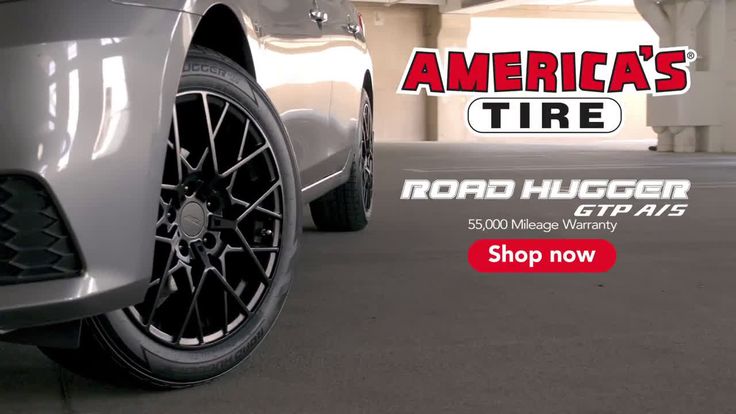 Tire shops and service centers rely upon word of mouth to bring in business. Therefore, a shop that carries a near-spotless reputation is likely to be worth dealing with.
Tire shops and service centers rely upon word of mouth to bring in business. Therefore, a shop that carries a near-spotless reputation is likely to be worth dealing with.
This vetting practice of sorts is important, due to the fact that a tire can actually be irreparably damaged during the mounting process if handled by inexperienced personnel. If a tire’s bead is not sufficiently lubricated, and force is not applied at the right location, the bead and sealing surface of a tire can rip, rendering it useless.
Additionally, to balance tires correctly, a technician must be patient, attentive, and experienced. Balancing tires is somewhat of an exact science, requiring one to be focused and at their best to achieve the desired results. This is of the essence, as unbalanced tires can make for a harsh ride at moderate speeds.
You can easily check to see if your tires were balanced after they were mounted, by checking for the presence of new, aluminum wheel weights, On the other hand, if you notice that your vehicle’s wheel still has one or more dingy, aged wheel weights in place, you are likely safe to assume that no true balancing has taken place.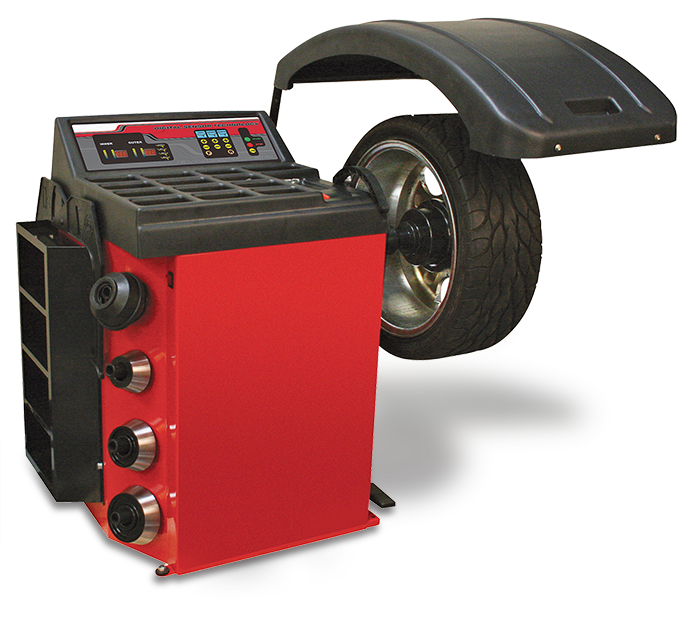
Most service centers apply a set charge when mounting and balancing a set of tires. This fee tends to be non-negotiable, though in select cases, a shop might suspend such charges if the tires being mounted were purchased in-house. However, this will not be a possibility, if you have already purchased your own tires, via a third-party retailer such as Amazon or Tire Rack.
Money can also be saved on future mount and balance costs, by planning ahead when purchasing a new set of tires. While this level of planning generally includes a little additional expenditure initially, one stands to save a sizable amount of cash in the long run as a result.
It is always advisable to have your wheel’s valve stem replaced at the time of new tire installation services. Doing so adds little more than $2-$3 to any impending installation fees, and potentially saves you from having to have a tire dismounted, remounted, and rebalanced in the near future, all on behalf of an aged valve stem.
Likewise, it is important to consider purchasing any additional Road Hazard warranty coverage that is offered when buying a new set of tires. Purchasing this coverage largely eliminates any mount and balance-related charges that are accrued through future maintenance services, such as flat repairs.
Of course, money can always be saved by going the extra mile to properly maintain the tires that you already own. This, in turn, drastically reduces the number of tires that a vehicle goes through during its service life. Getting periodic wheel alignments and tire rotations goes a long way toward accomplishing this goal.
Finding a great tire shouldn’t be this hard. Check out some of these other helpful guides to help you find the perfect tire.
Author: Kirill Savchenko
The modern car owner does not particularly go into the wheel balancing process. He perceives it as a kind of obligatory procedure for seasonal change of shoes and does not even realize how important its quality is.
He perceives it as a kind of obligatory procedure for seasonal change of shoes and does not even realize how important its quality is.
In fact, the effects of the imbalance of a rotating body can be seen at home. Try tossing your sneakers into the washing machine and spinning it. The imbalance that appears in the drum will cause it to beat, and with an increase in speed, the washing machine will rumble and shake. Something similar happens with a car whose wheels are out of balance.
Suspension and wheel bearings, steering elements, even with an imbalance of 10-15 g, receive thousands of beats per minute with an amplitude of 0.1-0.3 mm. They may be imperceptible to the driver, but act like a concrete hammer. Inexorably destructive. In addition, the imbalance increases tire wear and makes it uneven.
Considering that the imbalance on each wheel is different, the car becomes less stable when driving at high speeds. It is harder to manage, and on a slippery or wet road, the situation can completely get out of control.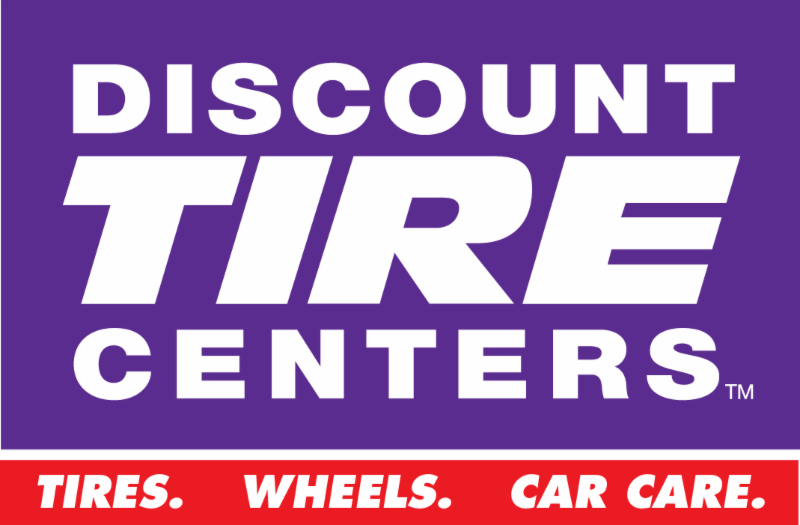
So, imbalance appears when the center of mass of the wheel does not coincide with the axis of rotation. It would seem that this cannot happen on absolutely new tires or disks, because they are made in compliance with all technological requirements.
Yes, it is, but in any case, the tire does not come out perfect during the manufacturing process. Some of it may be a little thicker and heavier, some thinner and lighter. We are talking about millimeters and grams, which simply cannot be determined. After mounting on a disk, which is also not ideal due to the same technological reasons, a single structure is obtained that has a common center of mass. That is why the wheel is balanced as an assembly.
If it were a conditional thin disk, then the balancing would be only static. In this case, it is enough to balance the opposite centers of mass: the minimum and maximum. But a car wheel is wide, and therefore it needs dynamic balancing, on the outside and on the inside.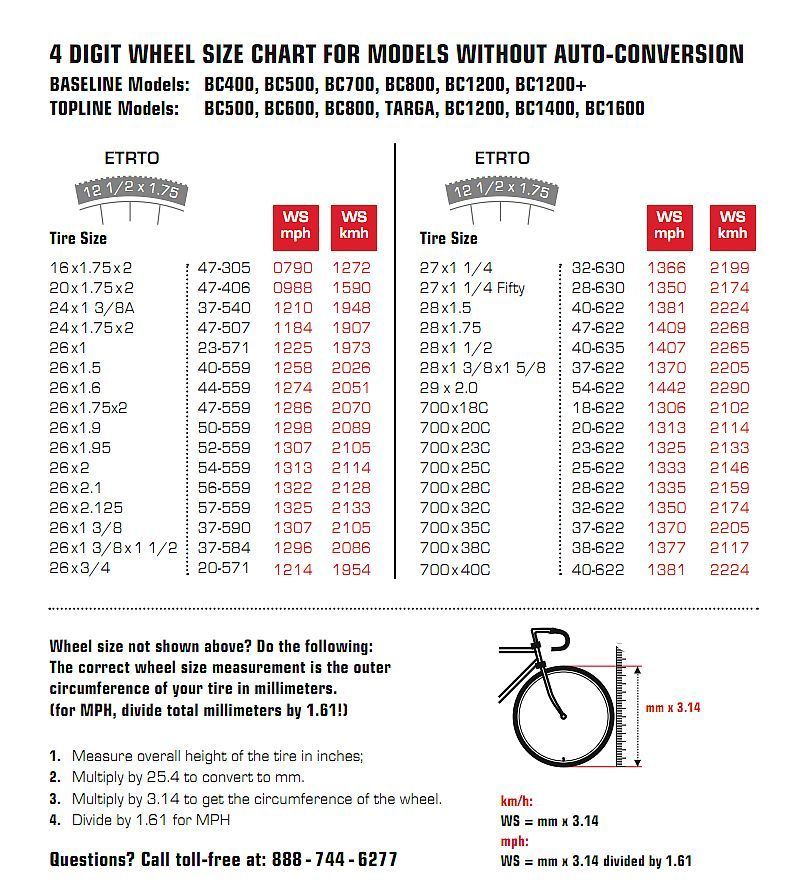
This is done with the help of special lead or zinc balancing weights weighing 5-60 g. On stamped disks they are fastened with steel clips-latches, on light-alloy ones - with self-adhesive strips. It is impossible to correct the imbalance on your own. For this, special balancing machines are used.
They vary in design, from the simplest to those equipped with laser sensors. The latter allow you to determine not only the imbalance, but also the curvature of the disk or the violation of its geometry. In this case, the owner will be offered to repair the disc or may be denied balancing due to its impossibility.
But even the presence of such a machine in the tire shop will not give any guarantee that the wheels of your car will be balanced correctly. Firstly, the machine must be fixed on a solid, better concrete base and stand strictly horizontally.
Secondly, the correct data on the size of the tire and disk must be entered into its electronic unit, and the machine itself must not have wear in the rotating elements and be calibrated.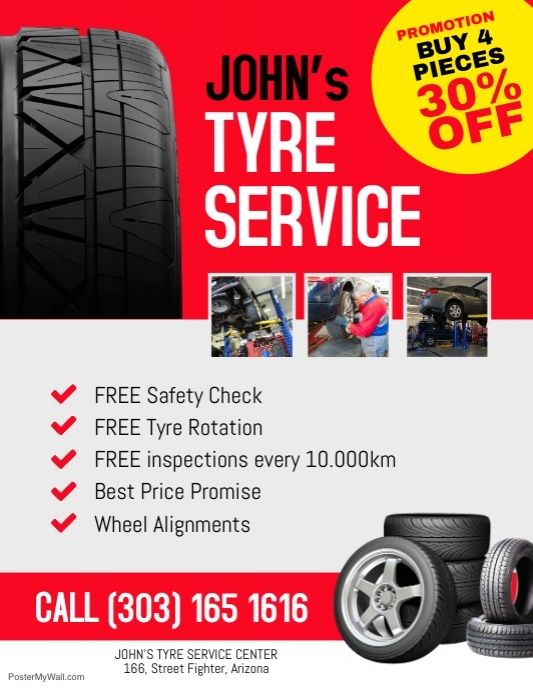 Finally, the master must have the appropriate qualifications and experience - as practice shows, 90% of success depends on this factor.
Finally, the master must have the appropriate qualifications and experience - as practice shows, 90% of success depends on this factor.
For example, if a wheel requires a significant amount of weight, he should be aware that turning the tire around the rim can reduce the imbalance and less weight will be needed. True, not everyone follows this rule, and here's why.
Changing the position of the tire relative to the rim in order to reduce the mass of weights required for balancing does not always lead to the desired result (the result is not known in advance!).
At the same time, labor costs for balancing and, as a result, its cost increase significantly. At the same time, a very large amount of cargo on the wheel may indicate a low qualification of the worker. On the other hand, automakers do not specify the maximum mass of weights used for balancing.
Ceteris paribus, the mass of weights required to compensate for unbalance will be minimal if they are installed at the maximum distance from the center of mass of the disk-tire system, i. e. on the bead flanges.
e. on the bead flanges.
Installing weights closer to the center of mass of the "disc-tire" system (for example, in order not to spoil the appearance of the disk, the adhesive weight is placed on the inner surface of the rim) will inevitably lead to the need to increase their mass.
Also, the master must clean the tire from the smallest stones in the tread, and the wheel from adhering dirt. In case of deformation, be sure to inform the owner.
One of the most important things is mounting the wheel on the machine. In most cases, it is attached through the central hole of the disc. From the back, the wheel sits on a cone, and from the front it is fixed with a flange adapter and a clamping nut. This method increases the speed of the balancing process, but does not always provide perfect alignment.
Special Haweka adapters help to improve it. Their essence is that the wheel is clamped on the machine through the holes for the wheel studs. At the same time, the probability of damaging the paintwork of the rim is minimal. In addition, the adapter imitates an almost exact fit of the wheel on the hub and even the required tightening torque. In this case, the balancing accuracy will be higher. Flange adapters are available for various bolt patterns and can be used on any balancing machine.
In addition, the adapter imitates an almost exact fit of the wheel on the hub and even the required tightening torque. In this case, the balancing accuracy will be higher. Flange adapters are available for various bolt patterns and can be used on any balancing machine.
After installing the weights of the desired mass in the places indicated by the machine, the verification procedure is carried out again. If necessary, weights are either added or removed, but their weight should not exceed 5 grams. The wheel is considered balanced if the readings on the instrument panel are zero.
So when and how often is wheel balancing necessary? As a rule, in the manuals for the operation of cars, balancing is recommended every 10-15 thousand kilometers. But this is provided that the wheels were not disassembled.
That is, if the same wheels are used when changing tires seasonally, balancing is required. It is also necessary if the car has driven several thousand kilometers on bad roads or there have been cases of a wheel falling into a hole.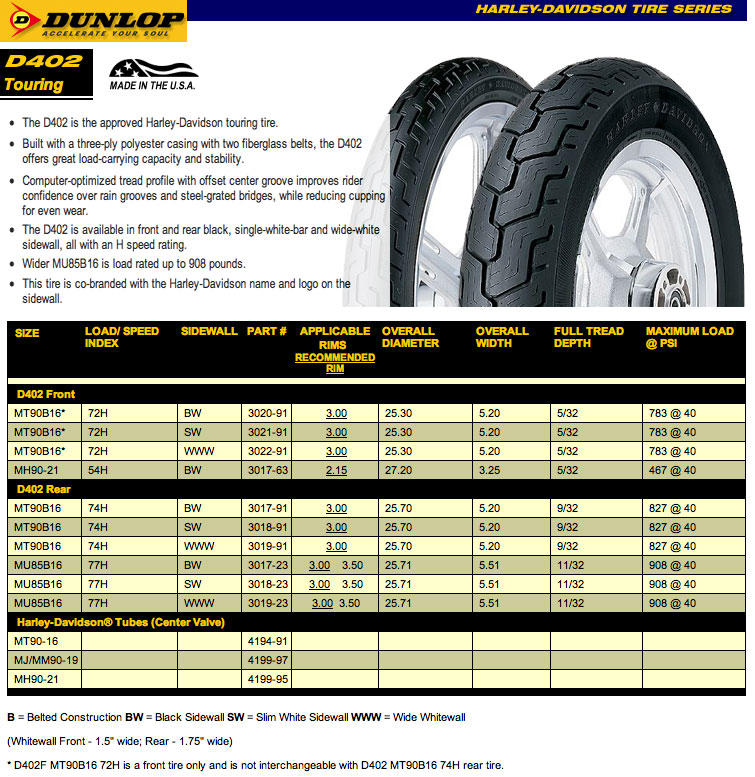 But in this case, not one wheel is balanced, but a pair standing on the same axle.
But in this case, not one wheel is balanced, but a pair standing on the same axle.
SHINSERVICE expert comment
Alexander Golubev
SHINSERVICE expert
Many drivers make the mistake of overhauling the suspension or replacing the power unit cushions when vibrations appear in the car. The first thing you should pay attention to is the cleanliness of the wheels and tires. Unevenly distributed adhering mud, snow, ice, tar stuck to the tire tread after driving on a road section being prepared for repair - all this can be the cause of imbalance.
The second important point is the mounting of the wheels. Each of them must be tightened to a torque in accordance with the recommendations of the automaker.
If everything is in order in this regard, then the wheel balance should be checked next. We advise you to do it only in proven specialized services, on certified equipment. And only if the measures taken have not yielded results, we recommend that you proceed to checking the setting of the front wheel angles and checking the condition of the suspension.
In any case, properly balanced wheels will avoid many problems in the future.
practice tires and wheels
Articles / Overview Where there are no roads, but there is electricity: Jetour T3 review The question often arises: why do the Chinese produce new brands so hard? Why does Chery have so many sub-brands: Omoda, Exeed, and now Jetour? It turns out that the whole thing is in a difficult China ... 311 1 0 04/21/2023
Articles / Overview Go ahead dad: a review of the new Lexus LM With the first generation of its luxury minivan, Lexus was pretty late. The Japanese thought for a long time, looking at how Buick conquers the segment of comfortable shuttles in the giant Chinese market, and . .. 361 1 2 04/21/2023
.. 361 1 2 04/21/2023
Articles / Overview Latest petrol Porsche Cayenne - goodbye analog tachometer and hello record power China is the largest market not only for its own auto industry, but also for the European "premium". Porsche shipped 21,365 vehicles to China in the first quarter of 2023, up 21% from... 1309 4 2 20.04.2023
Test drives / Test drive 30 years of slavery: test drive GAZ-53 It would be more accurate to write “test drive GAZ-SAZ-3507 on the GAZ-53-14 chassis”, but this is too complicated.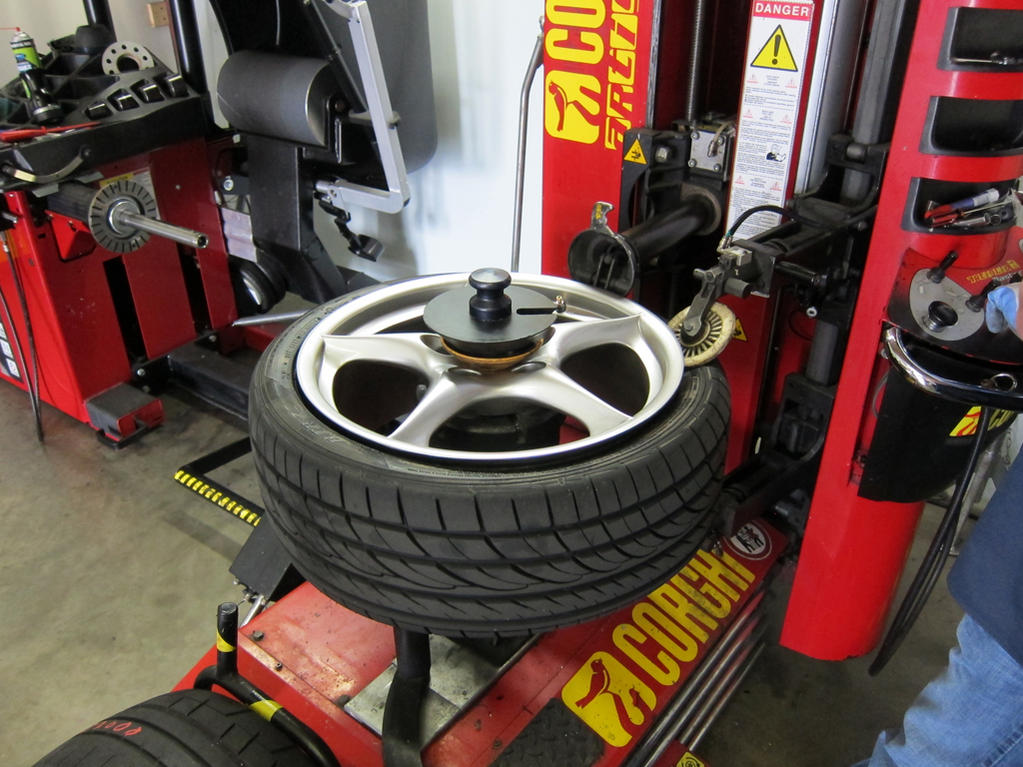 But just GAZ-53 will be recognized by everyone who managed to drink a glass of soda for one penny (with syrup... 9633 9 784 09.12.2022
But just GAZ-53 will be recognized by everyone who managed to drink a glass of soda for one penny (with syrup... 9633 9 784 09.12.2022
Test drives / Test drive For Volvo lovers, at the price of Volvo: a test drive of the updated Geely Tugella We first met Geely Tugella exactly two years ago, in November 2020. Over these two years, the flagship crossover has found its own, albeit small, audience, has earned a certain reputation... 8483 3 864 29.11.2022
Test drives / Test drive Test drive Geely Monjaro: better than Volvo? In China, this full-size crossover debuted two years ago under the dissonant name Xingyue L and factory index KX11. In Russia, the car was certified in 2022, and in ... 7563 8 907.04.2023
In Russia, the car was certified in 2022, and in ... 7563 8 907.04.2023
Conclusion
Balancing is an important procedure in vehicle maintenance. It is necessary not only for comfortable driving, but also for stable and proper operation of the suspension. Also, this procedure increases the life of the transmission, and the trip becomes safer.
Experts and car manufacturers have different opinions on this matter, but there are general recommendations that will make using your car more comfortable and safer. Balancing to be done:
Also, when buying new tires, it is recommended to re-balance after running the wheels for the first 2000 kilometers, when the tires finally “sit down” on the rims, then driving will be more comfortable.
Experts share two types of imbalance: static and dynamic.
Static unbalance
If the wheel has a static imbalance, then its weight is unevenly distributed along the axis of rotation, characteristic shocks and shocks appear.
Dynamic unbalance
Dynamic imbalance appears due to the uneven distribution of masses in the planes of the wheel. And the higher the speed of the car, the more it will be felt.
And the higher the speed of the car, the more it will be felt.
Before carrying out the procedure, the wheels must be cleaned. It is best if the tire shop has a special washing facility, as even a small amount of dirt can create an imbalance and the result will be inaccurate. If there is no washer, the dirt is brushed off with a metal brush, which causes scratches. In BlackTyres, there are devices in all centers, but the service of technological washing is paid.
Usually the balancing procedure takes no more than 20-25 minutes and is carried out in conjunction with a seasonal tire change. If you already have seasonal tires installed on the second set of wheels, then the time is reduced to 15 minutes.
Wheel balancing with center hole
First, the bus is mounted on the disk. Next, the wheel is installed with a central hole on the shaft of the balancing stand. 3D lasers scan and indicate to the installer the attachment points of the balancing weights. They are mounted on the inside or outside of the disk, depending on what type of imbalance is static or dynamic.
They are mounted on the inside or outside of the disk, depending on what type of imbalance is static or dynamic.
There are two types of weights: adhesive and stuffed. Adhesive allow you to save the aesthetic appearance of the wheel. Packed are equipped with a special bracket and are suitable for stamped discs. Next, the master fixes a suitable load in the indicated place and re-checks that everything is now in order with the wheel and the mass is distributed correctly.
Wheel balancing without center hole
Not all car wheels are equipped with a large center hole. Most often, French cars either do not have a central hole, or it is narrow enough to carry out the procedure in the usual way. In this case, the wheel is fixed for balancing using a flange adapter. The wheel is centered under the bolt holes on the balancing stand, after which balancing is performed. Wheel balancing using a flange adapter can be performed at the tire center on Leningradskoye shosse, 56.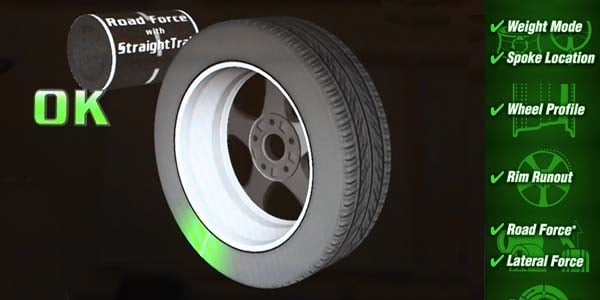
SmartWeight technology
SmartWeight technology is a modern approach to wheel balancing. With its help, the balancing machine distributes the weight in such a way as to reduce the number of weights by up to 40%. Also, by reducing the number of revolutions and simplifying the procedure for finding a place to install weights, the balancing time is significantly reduced. Unlike standard balancing technology, SmartWeight technology simultaneously detects both static and couple unbalance forces and identifies vibration-causing problems, maximizing balancing capabilities.
Our tire centers are equipped with Hunter 9200 machines with SmartWeight technology. Come and experience a new level of balancing. If you wish, you can turn off the SmartWeight function and balance the wheel as accurately as possible, but with more weights.
To balance a wheel with defective suspension parts, the final balancing procedure is carried out without removing the wheels from the vehicle. To carry out the final balancing, a vibration sensor is installed under the car, after which the wheels of the car are spun using a special apparatus. When the car reaches a speed of 100-110 km / h, the vibration sensor collects data, after which the weights are installed on the wheels of the car.
To carry out the final balancing, a vibration sensor is installed under the car, after which the wheels of the car are spun using a special apparatus. When the car reaches a speed of 100-110 km / h, the vibration sensor collects data, after which the weights are installed on the wheels of the car.
At our tire centers, we recommend that car owners replace and adjust the suspension, rather than spend money on a procedure that will last several hundred kilometers or until the first pit.
If normal balancing fails to eliminate the vibration, then the problem may be in the power heterogeneity of the tire. To compensate for it, balancing with a pressure roller is suitable. The system simulates real road conditions by pressing the roller with a force exceeding 600 kg. After measuring the force acting on the roller from the side of the wheel, the system will make recommendations for the location of the tire to compensate for the unevenness.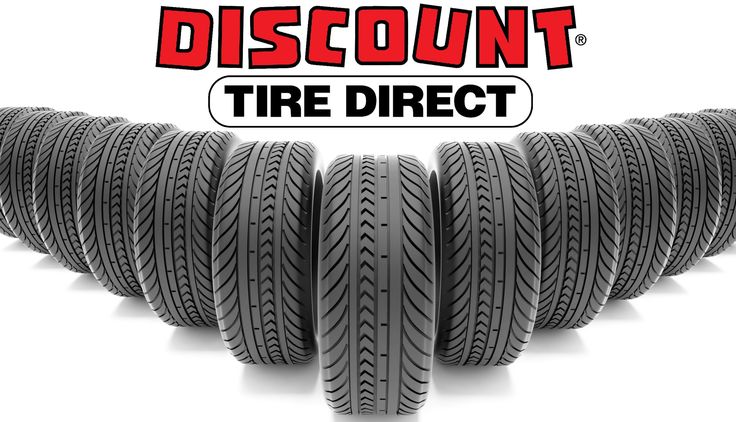
It is important to understand that precise balancing cannot be done without special equipment. With your own hands, you can only approximately perform the procedure, which can lead to a dangerous situation while driving, so it is better to contact specialists. We do not recommend trusting home-made machines and instructions from the Internet, because you risk your car and expensive repairs.
Incorrect wheel balancing leads not only to driving discomfort, but also to wear of the suspension elements, cardan shaft, steering column, tread wear, and disc defects.
What are the signs that the wheels are out of balance:
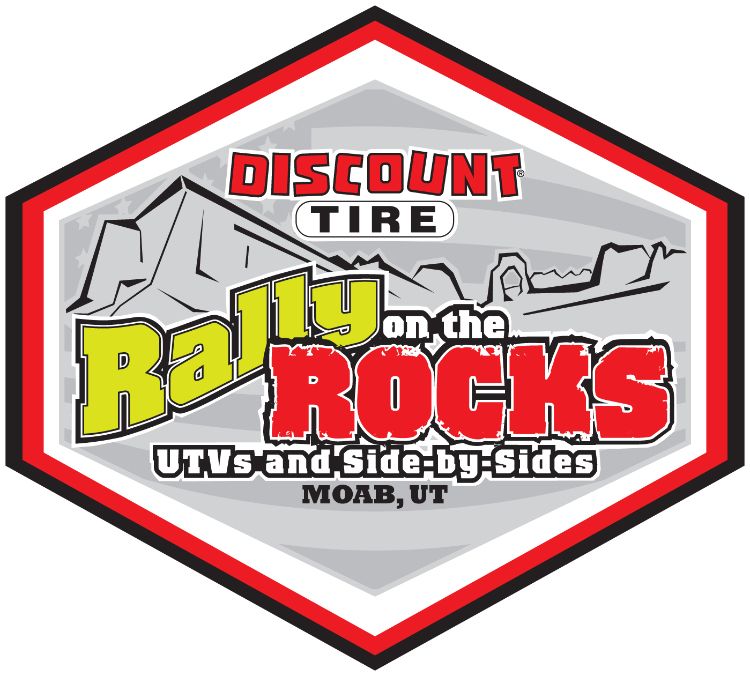
How to check the quality of balancing yourself:
There is always a balancing stand in the tire shop, with which it is easy to check the quality of wheel balancing. In the case when it is necessary to carry out the check yourself, you will have to do with improvised means. Checking wheel balance will be somewhat similar to balancing yourself:
If all the marks are in the same area, then the wheels are not balanced correctly.
In order to comfortably drive a car, it must be in good condition. Therefore, it is important to undergo maintenance on time, and an important part is the diagnostics of the running car, which includes balancing.
If you want:
then do not neglect balancing.